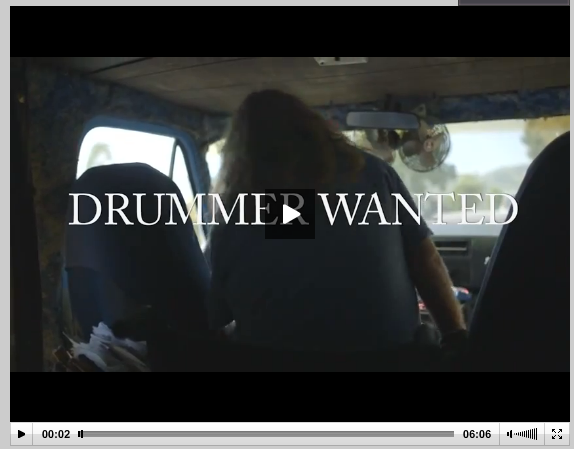I couldn’t help but watch this video a few times wearing my “teacher lens.” As I listened to Mr. Zimmer, I was awed not only by his path to musicianship, but also by his resilience.

Angela Lee Duckworth of the University of Pennsylvania asserts that even though different people define “resilience” differently, all of the definitions share the notion that resilience “is the idea of a positive response to failure or adversity.” She does add, however, that being resilient, or having grit, does not necessarily mean that one needed to have faced adversity or failure.
To me, Zimmer’s approach to becoming a musician exemplifies many aspects of UDL, or Universal Design for Learning. From the way he made adaptations to his drumsticks, to how he attributes his exceptional talent (he plays “it from the heart”), he seems to access strategic and affective networks in ways others may not. Additionally, he reduced potential barriers—a cornerstone of UDL, which acknowledges “learner variability” instead of “learning disability.”
I thought about his friend’s comment, “He’s not handicapped. He’s different, and he has the most patience in the world. He can do anything anyone else can do. It just takes him longer,” and thought of how many of our students with IEPs, language needs, or other unidentified learning needs require a different approach or just more time to “do anything anyone else can do.”
Our students come to us with a wide range of abilities, passions, and needs. Our task as teachers is to find ways to make learning accessible for them all. Many of us do this by fostering positive teacher-student relationships, creating classrooms of compassion, and designing engaging lessons. By providing multiple pathways for students to receive instruction and to demonstrate what they have learned, we can continue to expand opportunities to make learning inclusive for all so that each student can find his or her own “beat.”
RESOURCES FOR UDL
www.udlcenter.org and www.cast.org, UDL Center’s research arm, provide resources and information about UDL. One can find research, videos, and lesson design examples. I’m fortunate to have a fabulous colleague and friend, Debra, who keeps me abreast of the latest in many areas of education, but especially on topics related to special education. Thank you, Debra!
RESOURCES FOR FOSTERING RESILIENCE AND GRIT
www.mindsetworks.com, developed for teachers and students by the eminent Stanford researcher Dr. Carol S. Dweck. Another fabulous colleague and friend, Emily, introduced me to this site. Emily has worked with and taught teachers and students in my district and around the country about growth mindset and how intelligence can be grown.
ASCD’s September 2013 issue of Educational Leadership is devoted to resilience and learning—a must read. By visiting the site, you can find archived articles as well as a PDF of the infographic, Reflections on Resilience by Sarah Truebridge and Bonnie Benard.

Jen,
This post is spot on. As a special education administrator/consultant you have included ALL students who struggle in the educational environment…even those who have the innate ability to excel and don’t because the “connection” isn’t created in the instructional planning. I think we focus on ensuring intervention/special education teachers have the skills prescribed in UDL, but what is often missed, is the general education setting as the least restrictive environment…for ALL students.
Keep dancing to the beat of your own drummer!
Thank you.